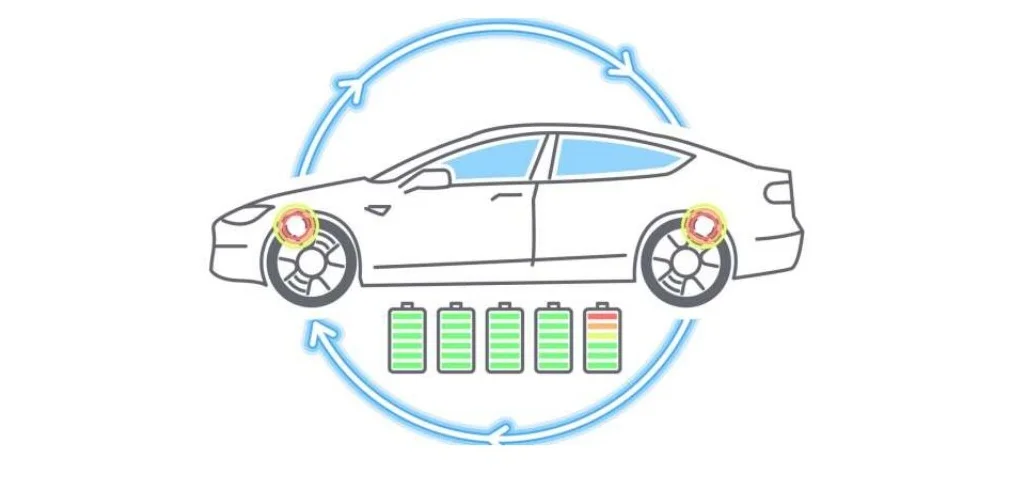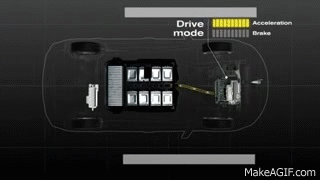
Serialize ML Models
15-Mar-2023
 What is regenerative brake?
What is regenerative brake?
Regenerative braking is an energy recovery mechanism that slows down a moving vehicle or object by converting its kinetic energy into a form that can be either used immediately or stored until needed. In this mechanism, the electric traction motor uses the vehicle’s momentum to recover energy that would otherwise be lost to the brake discs as heat. This contrasts with conventional braking systems, where the excess kinetic energy is converted to unwanted and wasted heat due to friction in the brakes, or with dynamic brakes, where the energy is recovered by using electric motors as generators but is immediately dissipated as heat in resistors. In addition to improving the overall efficiency of the vehicle, regeneration can significantly extend the life of the braking system as the mechanical parts will not wear out very quickly.
 Practical Regenerative Braking
Practical Regenerative Braking
Regenerative braking is not by itself sufficient as the sole means of safely bringing a vehicle to a standstill, or slowing it as required, so it must be used in conjunction with another braking system such as friction-based braking.
Regenerative and friction braking must both be used, creating the need to control them to produce the required total braking. The GM EV-1 was the first commercial car to do this. In 1997 and 1998 engineers Abraham Farag and Loren Majersik were issued two patents for this brake-by-wire technology.
Published on 02-10-2021 by Ramzan Jamali

15-Mar-2023

02-10-2021

coming soon!